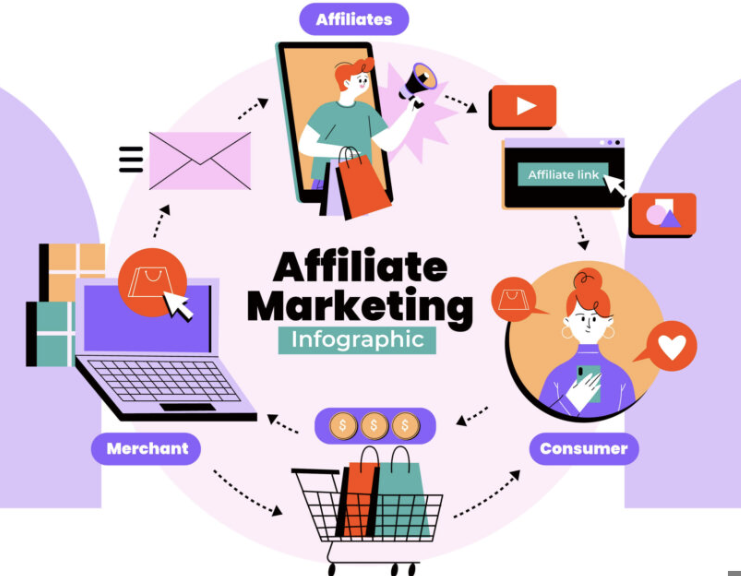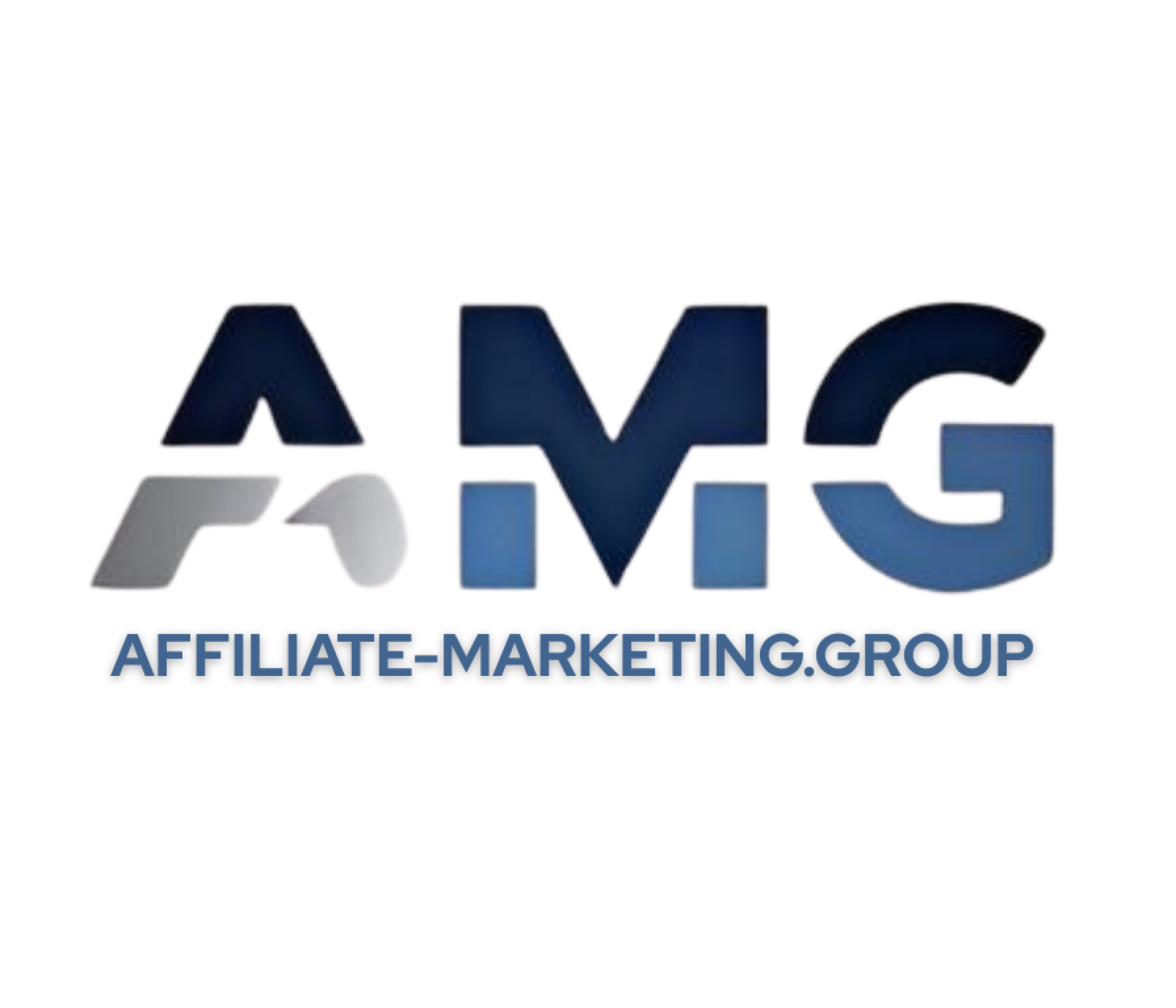
When we first onboarded a sustainable fashion brand into affiliate marketing, they were optimistic. They had a loyal customer base, a polished Shopify store, and growing recognition. But three months in, they were drowning. Hundreds of emails sent. Dozens of influencer conversations that led nowhere. Minimal ROI. They weren’t just spinning their wheels—they were trapped in the exact scenario that derails most brands new to affiliate marketing.
And the worst part? They were doing everything “right.” At least according to the blogs, courses, and consultants they had followed.
This isn’t a one-off. For founders, CMOs, and marketing leads stepping into affiliate marketing, the path is crowded with noise, outdated advice, and repetitive tasks disguised as strategy. Let’s break down what goes wrong, why it matters, and how to build a model that actually works.
Start with Strategy: Choosing the Right Network
The first major decision is deceptively simple: which affiliate network should you join? Make the wrong choice, and you’ll spend months stuck with a platform that lacks support or access to high-value affiliates.
Online reviews often mislead. They’re usually written by affiliates earning commissions through your sign-up. Their bias favors monetization, not your outcomes.
While sub-networks may look appealing—especially to startups—unless you’re a household name, they limit exposure. Many affiliates won’t respond, and your outreach goes ignored.
Stick with the big five:
- Awin
- ShareASale
- Commission Junction (CJ)
- Impact
- Rakuten Linkshare
But even these come with caveats:
- Impact uses dynamic pricing. One multimillion-dollar brand we know pays $16,000/month, while a startup pays $400 for identical service.
- Rakuten works but lacks service. We’ve managed dozens of brands there—and even faced legal threats for moving a client to Awin (which resulted in immediate traffic growth).
- CJ is powerful but slow. For fast-paced teams, it feels like using the internet in the 1990s.
Post-merger, Awin and ShareASale offer the best mix of reach, cost-efficiency, and ease.
Focus on the Few Who Deliver
Affiliate marketing follows the 90/10 rule: 90% of affiliates deliver little to no value. A study by AM Navigator found that 10% of affiliates generate over 90% of revenue.
Networks give you access—but not prioritization. Even with internal mailing tools, affiliates are overloaded and rarely respond.
To drive results, you need:
- Informed knowledge of which affiliates are most likely to grow your brand, based on performance signals, content alignment, and historical conversion data
- Verified contact data
- Direct access to decision-makers
- A method for prioritizing relevance
Tools like Publisher Discovery, AffiStash, and Similarweb help identify high-potential partners by category, audience overlap, and traffic quality. Combine their insights to build a qualified outreach list.
Then comes targeting. You need the right person, in the right role, at the right level. Skip generic inboxes—use LinkedIn, direct email, DMing, and yes, even the phone.
The Outreach Equation
You should be reaching out to 100 new partners every month. Multiply by:
- 3 contact channels (LinkedIn, email, DM)
- 3 to 6 follow-ups per channel
- 3 onboarding messages
That’s up to 1,800 touchpoints per month—or around 450 each week.
Now add segmentation, commission structures, landing page setup, and data reviews.
Ten hours a week? Not enough.
Even with automation, managing this process well demands 2 to 4 hours a day of focused execution.
For small teams, scaling this without systems is nearly impossible.
Think Like a Partner, Not a Marketer
Top affiliates aren’t waiting around for your offer. They’re busy—and selective.
As Geno Prussakov said: “Top affiliates choose programs that treat them like partners, not ad placements. Give them support, transparency, and personalized incentives, and they’ll prioritize your brand.”
To compete, you must offer:
- Exclusive discount codes
- Custom landing pages
- Weekly insights and optimizations
- Competitive commissions based on category standards and what competitors are paying
This isn’t extra. It’s required.
Build the Right Infrastructure
To operate efficiently and scale, you need smart automation:
- Database of decision-makers: Use ZoomInfo to find the right person
- Outreach delivery tools: Ensure your message lands—via verified email, LinkedIn, DMing, or calls
- Visitor ID: Identify anonymous web visitors using tools like Albacross, and reach out to them immediately.
- Outreach automation: Launch personalized sequences from one interface, including DM, email, and LinkedIn messaging
- Email verification: Enrich and validate contacts via ZoomInfo
- Segmentation: Auto-sort affiliates by type and value
- Landing page creation: Build dedicated pages for top partners
- CRM sync: Push tasks and updates directly into your workflow
Larger brands often patch together tools like Zapier, LinkedIn Navigator, ZoomInfo, and custom dev—spending $3,000–$5,000/month. They may also use platforms like Albacross, Publisher Discovery, Similarweb, and AffiStash to identify and evaluate affiliate opportunities with high potential. These tools, when combined, offer unmatched insight into traffic, competitor overlap, and outreach viability. However, for small brands, these layered tech stacks and subscription costs are prohibitive, making it difficult to compete or scale without a fully integrated, affordable solution.
But what if your network did it all for you?
Prepare for What’s Coming
Affiliate marketing doesn’t exist in a vacuum. AI, search, and social are evolving.
To stay ahead:
- Align SEO with AI-first discovery
- Create social content affiliates can amplify
- Design landing pages for higher conversions—especially from AI-referred traffic
If you’re not adapting for AI-based discovery, you’re falling behind.
Accelerate with Media Buying
Affiliate marketing builds momentum—but starts slow. What if you could launch with velocity?
Media buying is the shortcut brands overlook. Channels like:
- SMS push traffic
- Email campaigns
- Native ads
- Pop-ups and pop-unders
These aren’t replacements. They’re accelerators.
And they still qualify as performance-based affiliate traffic—just with different cost structures (CPC, CPL, CPM).
If your network offered curated media buying partners aligned with your niche, you could:
- Drive immediate traffic from week one
- Avoid Google and Meta ad premiums
- Pair instant volume with long-term scalability
What the Right Network Should Really Do
Now imagine a network that:
- Onboards you through a smart intake form
- Sends weekly lists of qualified partners with verified contacts from day one—based on your niche, competitors, target demographics, and current performance data
- Automates outreach via LinkedIn, email, and DM to affiliates, influencers, and media sellers
- Segments and onboards affiliates via fast-track systems, sets commissions, and generates emails for the full onboarding process—simple and automated
- Connects directly into your CRM, with tasking and to-dos fully automated and driven not only by onboarding needs but by your broader brand strategy—weekly reporting, performance reviews, and execution cues included, even if it’s as simple as syncing with Google Sheets
- Auto-generates landing pages and codes for top partners
- Reviews performance data weekly and assigns tasks to drive growth
This isn’t theory. It’s execution at scale.
Not a network. A fully automated growth engine designed to power scale, streamline execution, and drive revenue—end to end.

